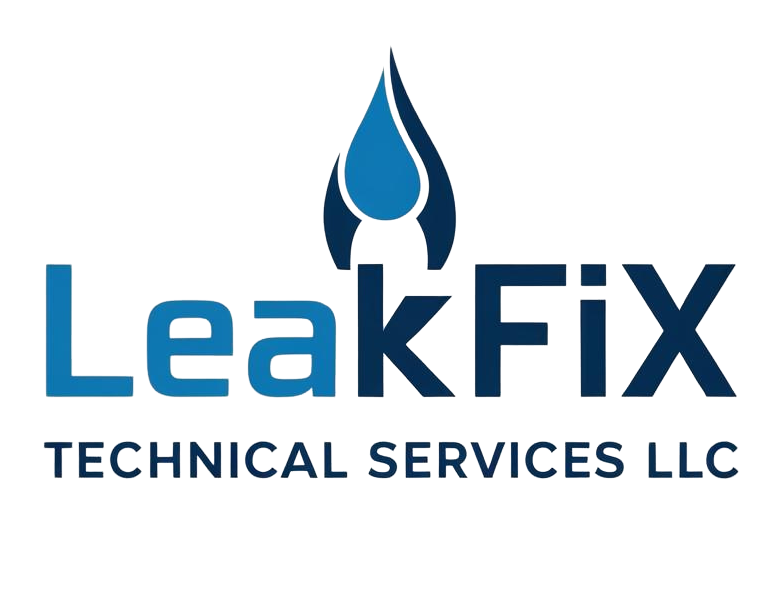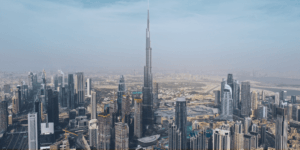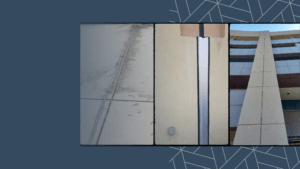When it comes to building maintenance, waterproofing is often overlooked until visible damage appears—peeling paint, damp patches, mold, or even structural cracks. However, the role of waterproofing goes far beyond just preventing water seepage. It plays a critical role in protecting the building’s integrity, increasing its lifespan, and preserving its value over time.
In this article, we’ll explore how waterproofing truly impacts a building and why investing in it is not just an option but a necessity.
1. Structural Integrity Starts With Dry Foundations
Water is one of the most destructive forces in construction. When it infiltrates building materials like concrete, steel, wood, or bricks, it weakens them over time. Moisture can corrode steel reinforcements within concrete slabs and walls, causing cracks and compromising load-bearing capacity. This is especially dangerous in basements, roofs, and foundations—where long-term water intrusion can eventually cause collapse or costly reconstruction.
Proper waterproofing helps:
- Seal the foundation from underground moisture
- Protect steel reinforcement from rust and corrosion
- Prevent weakening of walls, columns, and beams
- Avoid cracks from water expansion and freeze-thaw cycles
A structurally sound building starts with strong, waterproofed foundations.
2. Waterproofing Increases the Lifespan of the Building
Every building faces environmental challenges—rain, humidity, groundwater seepage, plumbing leaks, and even condensation. If the structure isn’t well protected, these elements can slowly degrade it from within.
By preventing water intrusion, waterproofing systems extend the usable life of key areas such as:
- Roofs (membrane waterproofing, heat-resistant coatings)
- Basements and lift pits (injection grouting, damp-proofing)
- Bathrooms and wet areas (internal sealants, cementitious coatings)
- Balconies and terraces (PU coatings, bituminous layers)
Without waterproofing, even a modern building can deteriorate prematurely. But with proper waterproofing, a building can serve reliably for decades with fewer repairs and lower maintenance costs.
3. Protects Interiors and Finishes
Water leaks don’t stop at walls and floors—they seep into everything: electrical wiring, paint, tiles, wooden flooring, and ceilings. Left untreated, they can cause:
- Mold and mildew
- Short circuits and fire risks
- Paint peeling and damp patches
- Discoloration and bad odor
- Damage to furniture and appliances
For property owners and tenants alike, these issues are not just inconvenient—they’re costly and potentially dangerous.
A properly waterproofed building keeps the indoor environment safe, clean, and healthy, preventing these issues before they arise.
4. Boosts Property Value
Whether you’re selling, renting, or maintaining a property, waterproofing is a key factor in its market value. A building free of water-related problems is more attractive to potential buyers and tenants. On the other hand, signs of dampness or leakage instantly raise red flags.
Professional waterproofing adds:
- Market value: Buyers pay more for a well-maintained, dry property
- Peace of mind: Fewer chances of future repair headaches
- Long-term savings: Reduces the need for rework, repainting, and renovations
Think of waterproofing as an investment that pays returns over time.
5. Energy Efficiency and Comfort
Waterproofing also helps with thermal insulation. Wet walls and ceilings reduce the building’s insulation ability, causing heat to escape in winter or seep in during summer. This leads to overworking of HVAC systems and higher electricity bills.
Waterproofing materials like reflective coatings, roof insulations, and damp-proof membranes help keep the building’s interior temperature regulated—resulting in:
- Lower energy bills
- Less strain on air conditioning and heating
- More comfortable living and working environments
6. Prevents Health Hazards
Moisture trapped in walls and ceilings creates the perfect environment for mold, mildew, and bacterial growth. This isn’t just unpleasant—it’s a health hazard.
Prolonged exposure can lead to:
- Respiratory problems
- Skin irritation
- Allergic reactions
- Aggravated asthma
A waterproofed building helps prevent these issues by keeping the structure dry and hygienic.
7. Adapts the Building for Harsh Environments
In areas like Dubai and the UAE, where extreme temperature variations, humidity, and infrequent but heavy rains occur, waterproofing becomes even more critical. Rooftop gardens, swimming pools, planters, and underground garages are particularly vulnerable.
Specialized waterproofing for different zones ensures:
- UV and heat resistance on roofs
- Saltwater resistance in coastal buildings
- Durable protection for landscaping and terraces
- Leak-proof basements and lift pits
Tailoring waterproofing methods to climate and structure type increases a building’s ability to endure harsh environmental conditions.
Final Thoughts
Waterproofing is not a cosmetic luxury—it’s a fundamental requirement for every building. Whether you’re dealing with a residential villa, a commercial high-rise, or an industrial warehouse, protecting the structure from moisture is key to long-term safety, durability, and value.
If you’re noticing signs of water damage or planning new construction, now is the time to consult with a professional waterproofing company. Prevention is always cheaper and easier than repair.
Your building deserves to stay dry, strong, and secure. Make waterproofing a priority—before it’s too late.







One Response
I like the efforts you have put in this, regards for all the great content.